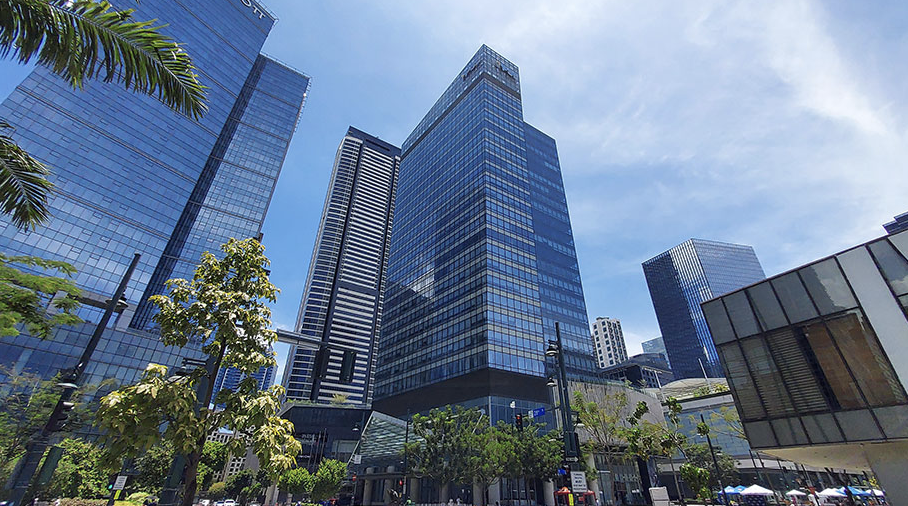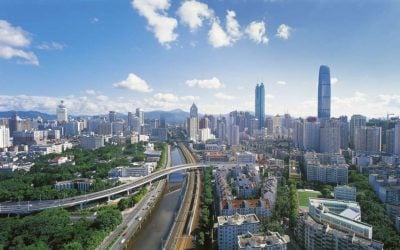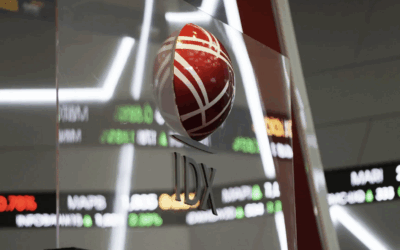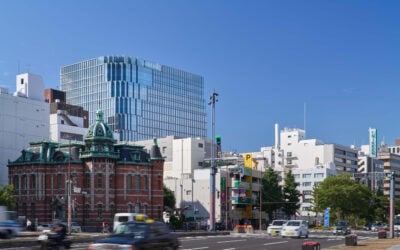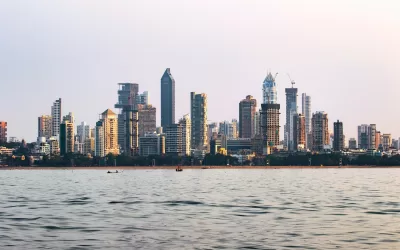The Philippines, with its rapidly growing economy and vibrant stock market, presents an exciting opportunity for investors.
While the process of trading stocks in the Philippines might seem daunting to a foreign investor, the country’s stock exchange is relatively accessible, and its market fundamentals are strong.
Indeed, with a bit of preparation and the right strategy, you can effectively trade stocks in this emerging Southeast Asian market – whether you’re a foreign investor or a local.
Let’s walk through everything you need to know about trading stocks in the Philippines, from opening a brokerage account to understanding market specifics.
The Philippine Stock Exchange (PSE): A Brief Overview
The Philippine Stock Exchange (PSE) is one of the oldest stock exchanges in Southeast Asia, with origins tracing back to 1927.
It was formed in 1992 through the merger of the Manila Stock Exchange and the Makati Stock Exchange.
Today, it serves as the backbone of the country’s stock market, hosting 275 listed companies across various industries.
The PSE is also home to the Philippine Stock Exchange Index (PSEi), which tracks the 30 largest and most active companies in the market.
This index often serves as a benchmark for investors looking to gauge the overall performance of the Philippine stock market.
The PSE is known for its relatively strong fundamentals compared to other frontier markets in Asia.
It offers a mix of established corporations and growing companies, providing a balance of stability and growth potential.
However, it’s important to note that foreign investors are subject to certain restrictions: as a foreigner, you cannot own more than 40% of a Philippine company’s shares.
Step 1: Opening a Brokerage Account
To start trading stocks in the Philippines, you’ll need to open a brokerage account.
While local brokerage firms are an option, many foreign investors prefer to use international brokers based in Hong Kong or Singapore.
These brokers often provide access to the Philippine market while offering more comprehensive services and tools for global investors.
For instance, firms like Boom Securities in Hong Kong allow trades in multiple Asian markets, including the Philippines, Thailand, and Indonesia.
The process of opening an account is straightforward. If you opt for a broker in Hong Kong or Singapore, you can often complete the application process online or via mail, eliminating the need for a physical visit.
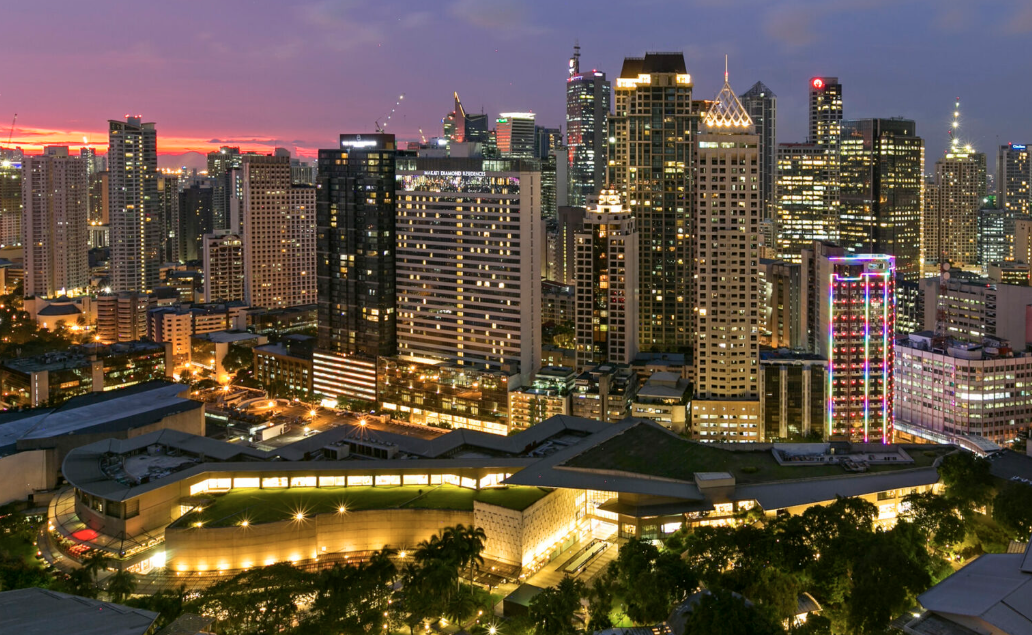
The Philippines’ stock market is undeniably one of the fastest growing in Southeast Asia. The country itself is also full of potentials from its population and solid economic foundations.
However, if you prefer to work with a local broker in the Philippines, you may need to visit their office to submit the required documents.
Be prepared to provide proof of identity, proof of address, and potentially additional documentation depending on the broker’s requirements.
Step 2: Funding Your Account
Once your account is set up, the next step is to fund it.
The minimum investment required to begin trading in the Philippines is relatively low—just ₱1,000, or around $20 USD.
However, keep in mind that each stock has a “board lot,” which is the minimum number of shares you can purchase.
The board lot varies depending on the stock’s price, so you’ll need to ensure that your initial deposit covers both the minimum investment and the cost of your chosen stocks.
Currency exchange is another factor to consider. The Philippine peso (PHP) is the local currency, and most transactions on the PSE are conducted in pesos.
While the peso is considered one of the more stable currencies in Southeast Asia, exchange rates can fluctuate, so it’s wise to monitor the forex market when transferring funds.
Step 3: Choosing Your Stocks
The PSE offers a wide range of stocks, from blue-chip companies to smaller, high-growth firms.
PSEi, which tracks the top 30 companies, is a good starting point for new investors. These companies are typically well-established, making them a safer choice for those unfamiliar with the market.
For more adventurous investors, there are also opportunities in smaller companies and emerging sectors.
The Philippine economy is growing rapidly, driven by industries like real estate, infrastructure, and consumer goods. Conduct thorough research and consider diversifying your portfolio to balance risk and reward.
Remember: the PSE is still considered a frontier market, so expect higher volatility compared to more developed markets.
Step 4: Placing Your Trades
Trading stocks in the Philippines is similar to trading in other markets.
Once you’ve identified the stocks you want to buy, you can place an order through your broker. Most brokers offer several types of orders, including:
- Market Orders: Buy or sell a stock at the current market price.
- Limit Orders: Set a specific price at which you’re willing to buy or sell a stock.
- Stop-Loss Orders: Automatically sell a stock if its price drops below a certain level, helping to minimize losses.

Composed of the 30 largest and most active listed common stocks, the PSE Index or PSEi can bring insights to traders by being the indicator of the market’s overall condition.
It’s essential to understand these order types and use them strategically to manage your investments effectively.
Many brokers also offer online platforms with real-time data and analytics, making it easier to monitor your portfolio and execute trades.
Step 5: Understanding Taxes and Fees
When trading in the Philippines, it’s important to account for transaction fees and taxes. The PSE charges a transaction fee of 0.005% on the gross trade amount.
Additionally, there is a stock transaction tax of 0.6% on the sale of shares. Brokers may also charge their own fees, so be sure to review their fee structure before opening an account.
For foreign investors, it’s worth consulting with a tax advisor to understand how Philippine taxes might interact with the tax laws in your home country.
This is especially important for U.S. citizens, who are required to report their global income to the IRS.
Step 6: Monitoring the Market
The Philippine stock market is open from Monday to Friday, with trading hours typically from 9:30 AM to 3:00 PM local time.
Keeping an eye on market trends, economic developments, and company news is crucial for making informed decisions.
The Philippine economy is heavily influenced by factors such as remittances from overseas Filipino workers, government infrastructure projects, and global commodity prices.
Staying updated on these trends can help you anticipate market movements and adjust your strategy accordingly.
Why Trade Stocks in the Philippines?
The Philippines offers a compelling mix of growth potential and accessibility for foreign investors.
Its stock market is one of the fastest-growing in Southeast Asia, driven by a young population, a growing middle class, and robust economic fundamentals.
Indeed, those willing to navigate the challenges of investing in a frontier market, the Philippines offers a unique opportunity to diversify and capitalize on one of Asia’s rising economies.
While there are restrictions on foreign ownership, the 40% cap on shares is generally sufficient for most investors.
Additionally, the low minimum investment requirement makes it easy to get started, even for those with limited capital.
Trading stocks in the Philippines might require some initial legwork, but the potential rewards make it well worth the effort.
You can start by opening a brokerage account in the Philippines, funding it appropriately, and keeping informed about market trends, you can position yourself for success in this dynamic market.
FAQs: Stocks in the Philippines
Can Foreigners Trade Stocks in the Philippines?
Yes, foreigners can trade stocks in the Philippines. However, there are restrictions on ownership—foreign investors cannot own more than 40% of the shares in a Philippine company.
Despite this limitation, the Philippine stock market remains accessible to foreign investors, offering opportunities in a range of industries.
What Is the Minimum Investment Required to Start Trading?
The minimum investment to begin trading stocks in the Philippines is relatively low, at just ₱1,000 (approximately $20 USD). However, each stock has a "board lot," which is the minimum number of shares you can purchase, and this varies depending on the stock’s price. Ensure your initial deposit covers both the minimum investment and the cost of your chosen stocks.
How Can I Open a Brokerage Account to Trade in the Philippines?
To trade stocks in the Philippines, you need to open a brokerage account. Foreign investors often prefer using international brokers based in Hong Kong or Singapore, such as Boom Securities, which provide access to multiple Asian markets.
Alternatively, local brokers in the Philippines are also an option, but may require a physical visit to their office to submit necessary documents like proof of identity and address.
What Are the Trading Hours of the Philippine Stock Exchange (PSE)?
The Philippine Stock Exchange (PSE) operates from Monday to Friday, with trading hours typically running from 9:30 AM to 3:00 PM local time.
Monitoring market trends, economic developments, and company news during these hours is crucial for making informed trading decisions.
Are There Taxes and Fees Associated with Trading in the Philippines?
Yes, trading in the Philippines comes with certain taxes and fees. The PSE charges a transaction fee of 0.005% on the gross trade amount, and there is a stock transaction tax of 0.6% on the sale of shares.
Brokers may also have their own fees, so it’s essential to review their fee structures. Foreign investors should consult a tax advisor to understand how Philippine taxes interact with their home country’s tax laws, especially for U.S. citizens who must report global income to the IRS.

